A Unique Seed Environment
The Cross Slot® Low Disturbance No-Tillage System creates a unique horizontal slot providing the best possible seed environment | ||||||||||
|  | |||||||||
Assured EmergenceSlot micro-environment/residuesOnly untilled soils contain usable amounts of vapour water in addition to liquid water. Only inverted T-shaped seed slots trap this humidity for use by seeds. Only Cross Slot openers make inverted T-shaped slots. Cross Slot’s ability to micro-manage surface residues is why germination failures are very rare indeed. Compaction/smearingAlmost all no-tillage openers smear the slot walls in damp soils. Some also compact them. When smears dry they become crusts that restrict root growth. Cross Slot openers do not compact or allow smears to dry. HairpinningAll disc openers hairpin (tuck folded straw into the slot) from time to time and most then place the seeds in the hairpins. Cross Slot openers position the seeds to one side of hairpins, thereby negating the problem entirely. Depth controlConsistent depth control is more important in no-tillage than tillage and difficult to achieve. It requires two separate but complimentary drill functions. Only Cross Slot faithfully follows ground surface undulations at the same time as it self-adjusts to variations in soil density. Seed qualitySeed slots made by Cross Slot openers are so favourable to seeds that they will even force germination of poor quality seeds, which are otherwise incapable of developing into high-yielding crops. High quality seeds are therefore recommended. Seed typesCross Slot openers can successfully handle most seed types from small (clover, brassicas, grasses) to medium (cereals,soybean, sorghum) to large (Garbonzo beans, corn, peas). | ||||||||||
Supply of Soil WaterResidue retention (macro)The more residues that are retained on the soil surface the greater will be the moisture conserved by no-tillage. This demands openers with superior residue-handling properties where Cross Slot has no equal. Snow catchStubble retention traps snow during the winter that insulates the soil from extremely low temperatures. But stubble is often sacrificed to accommodate poor residue handling by openers. Cross Slot maximises stubble retension. Low disturbanceIt takes at least 80% residue retention to the gain greatest benefit from no-tillage. Cross Slot regularly achieves 80%+. Cover crops (permanent cover)Growing cover crops achieves many of the good things that residue retention achieves between crops. Cross Slot handles cover crops with ease and preserves the ground cover and soil biology they nourish. | ||||||||||
Supply of Soil NutrientsFertilizer placementFew things are more important than separately banding fertilizer at seeding so long as this can be achieved without damaging the seed. All Cross Slot drills undertake this function as a standard requirement.
| ||||||||||
Good Soil StructureResiduesResidues that are allowed to rot on the soil surface are incorporated into the soil by soil fauna as soil organic matter (SOM) Soil organic matterSOM is the feed-stuff of millions of beneficial soil microbes that build soil structure. Good soil structure positively influences crop yield and halts soil erosion, but is destroyed by all forms of tillage. CO2 emissionsTillage discharges large quantities of CO2 into the atmosphere through aeration. No-tillage greatly reduces this. The less the disturbance the less the CO2 discharge. Cross Slot openers achieve the least disturbance of all. Soil biologyOnly now are soil biologists realising that tillage has been distorting the soil biological eco-system for centuries and that new levels of crop yield may be attainable under continuous low-disturbance no-tillage
| ||||||||||
Crop HusbandryResidue managementResidue management starts at harvest when the aim should be to spread the residues as evenly as possible. Residue chopping or mulching are optional for Cross Slot openers, which function perfectly well no matter what else is done to the residues. Pest controlDiligent pest and disease management is essential with all no-tillage, which otherwise fits neatly into integrated pest management (IPM) systems. Weed controlWhile no-tillage generally enhances weed control, new crop rotations may be appropriate to avoid developing resistance to certain herbicides. Disease controlCertain diseases thrive on crop residues and must be treated. But the predators of other diseases also thrive in the new biological eco-system and changes the incidence of infestation. No-tillers need to learn new management strategies. | ||||||||||
Proven results on the farm from a unique partnership of biological science and engineering | ||||||||||

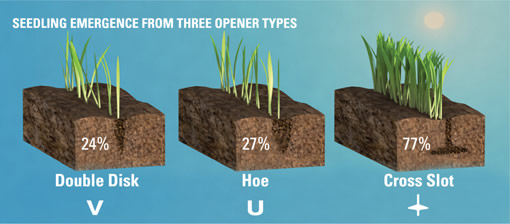
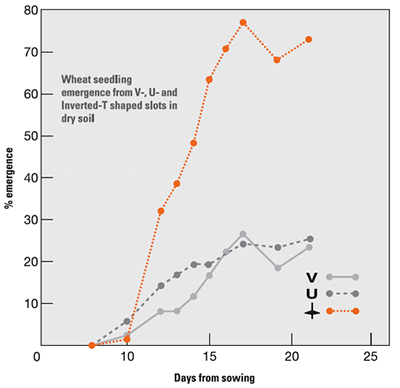
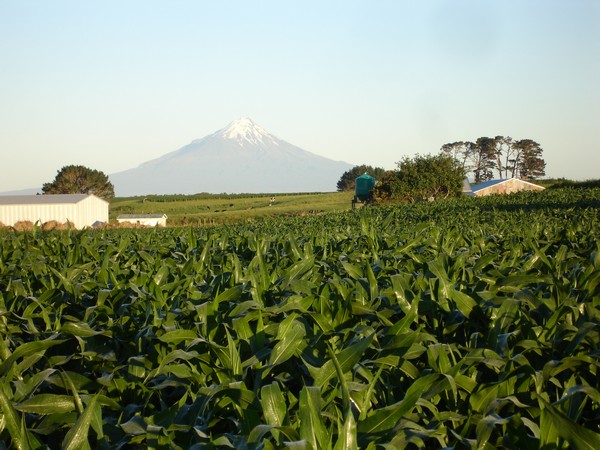
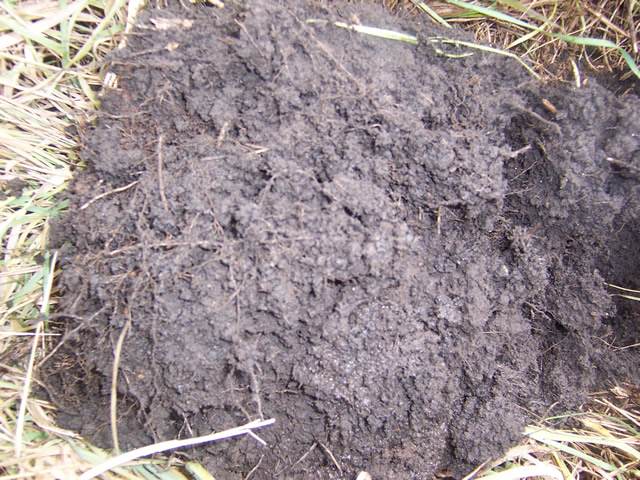
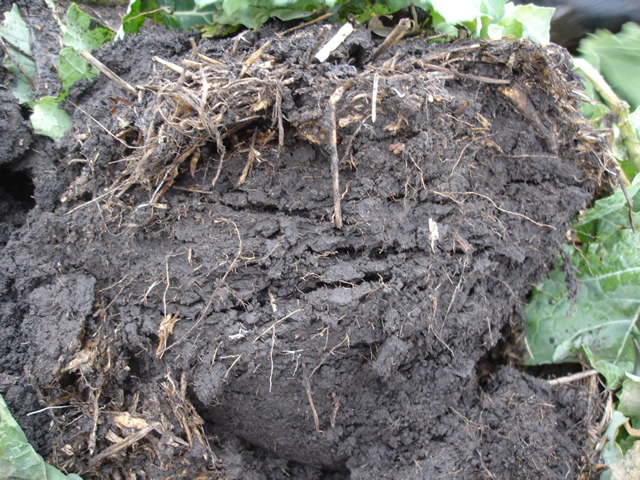
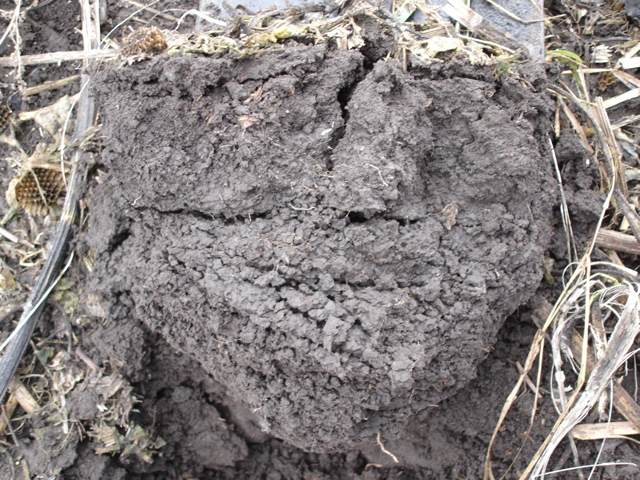

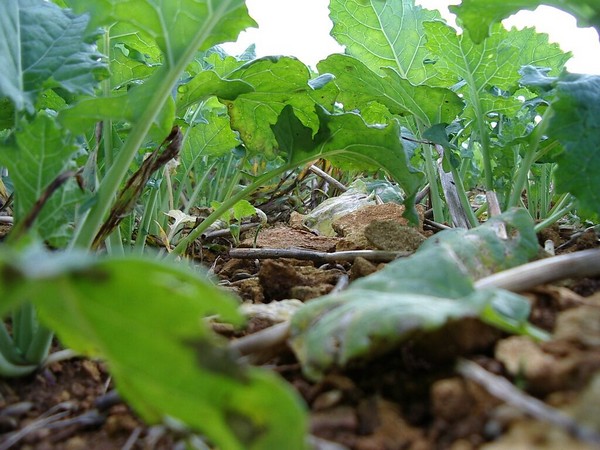

.jpg)